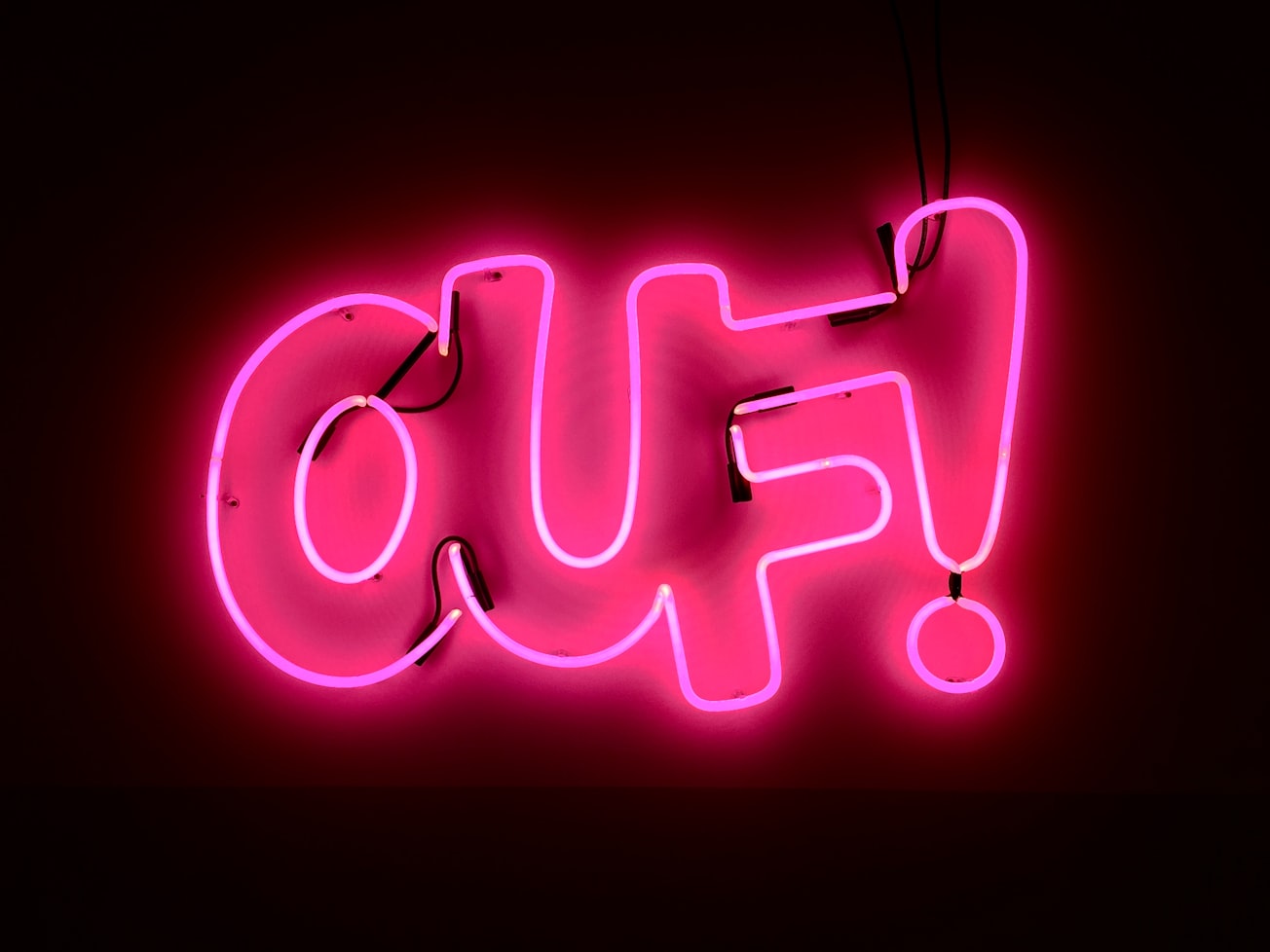What is it about?
Text and thought balloons are basic communicative tools in the stylistic repertoire of comics artists. Usually they are mainly interesting because of their verbal contents, as their form and visual appearance is fairly stereotypical. In Forceville, Veale, and Feyaerts (2010) we examined some 4000 text balloons in six mainstream comics albums to come up with a description of this "standard." In this chapter, I took this standard as a starting point to say something in what ways text balloons could be considered "creative." To model this creativity, Fauconnier and Turner's "Blending Theory" model was used.
Featured Image

Photo by T on Unsplash
Why is it important?
It is difficult to say something general about "creativity." After all, one cannot design rules for creativity -- although it is possible to facilitate creativity. Balloons in comics are highly conventionalized and almost-always-present features of the medium of comics, with clear-cut goals (i.e. containing utterances and thoughts of characters) with just a few, very specific ways in which these features can vary. Hence "balloons" provide good opportunities for a comics artist to be, locally, creative.
Perspectives
The chapter is also a demonstration of how Blending Theory -- which has often been presented as a competitor, or spin-off, of Conceptual Metaphor Theory -- can be used as a model (not: explanation!) of "emergent meaning." While I am rather skeptical about Blending Theory's explanatory powers, this chapter shows how the theory can be a useful way to model NON-metaphorical hybrids.
Dr Charles Forceville
Universiteit van Amsterdam
Read the Original
This page is a summary of: 12. Creative visual duality in comics balloons, De Gruyter,
DOI: 10.1515/9783110295290.253.
You can read the full text:
Resources
Contributors
The following have contributed to this page







